Gujarat Tour Diary: Day 7 | To Bhavnagar via Lothal and Black Buck National Park
(If you have come to this page while searching for some travel related information of Gujarat, I suggest you start from Day 0 of this travelogue.)
On day 07 of our Gujarat tour, we started by visiting Sardar Patel Memorial at Karamasad.
Sardar Patel Memorial at Karamsad
{Karamsad is a city and a municipality in Anand district. Sardar Vallabhbhai Patel grew up in Karamsad. It was also the home of his elder brother Vithalbhai Patel, who was also an important political leader. The memorial is established in 7 acres of land at Karamsad. Tel: 02692-223005; source: wikipedia/internet}
As usual, we checked out in the early morning and set out towards Lothal. After coming out of the city limits, on left side is the Sardar Patel Memorial. It was around 7 am. The memorial was not yet opened. After all, who will come at this odd hour? But we saw few people in their early morning walk in the jogging tracks of the Memorial. A security guard was managing the compound gate. We requested him to allow us inside, so that we can just go around the Memorial. He firmly said NO. He asked us to come after 10 am. After much cajoling, he allowed us inside.
We went around the memorial and took a couple of photos from outside. And thanking the watchman, we left the memorial and headed towards Lothal.


Lothal
{Lothal, literally “Mound of the Dead”, is the most extensively excavated site of Harappan culture in India, and therefore allows the most insight into the story of the Indus Valley Civilization, its exuberant flight, and its tragic decay.
Once a sleepy pottery village, Lothal rumbled awake to become a flourishing centre of trade and industry, famous for its expertly constructed system of underground sanitary drainage, and an astonishing precision of standardized weights and measures. Unlike many other doorways into Harappan culture, Lothal passed through all the phases of the society, from earliest development to most mature. In the height of its prosperity, it not only survived but was strengthened by three floods, using the disaster as an opportunity to improve on the infrastructure. The fourth flood finally brought the settlement to the desperate and impoverished conditions that indicated the end of a powerful civilization.
Roam the ruins with your heart open to the ancient, and with the help of the local museum here, allow yourself to be transported to an era 4,500 years ago, and see in your mind’s eye the palace on high, and the artisans and crafts below, and the bustling dockyard that once reached out to the rest of the world; source: wikipedia/internet}
There are no guides here. So first we went to the museum to get an idea of the place. The museum (10 am – 5 pm) is just next to the protected site and is closed on Fridays. The people manning the museum were least interested in their work. Their mind set was 4500 years old!. The ASI must think of putting someone who is really interested in their work.
There is also an artist’s visualization of what Lothal may have looked like at its peak. We have to use the stories and visualizations from the museum to re-create our own, as we wander among the ruins.
{When observing the dock, bear in mind that the harbour may now lie 20 km from the navigable Sabarmati, because of the shift in the river’s path, but even as recently as 1850 AD, boats could moor at Lothal, which shows the extent of hydraulic expertise of Harappans. The site is open from dawn to dusk, and entry is free; source: wikipedia/internet}
Then we went to see the actual site. There we met another staff D M Mukwana. He was quite knowledgeable and was also helpful. He showed and explained everything to us. May his tribe increase.





After coming out of Lothal we headed towards Black Buck National Park.
Black buck National Park, Velavadar
We called the Black buck National Park (BNP) and told them that we will be reaching BNP around 12 noon. We wanted to know whether we can see the BNP at that time. They asked us to make it as early as possible.
Still when we reached there it was almost 12 noon. The receptionist told us: “Sir, the normal visiting time is for 4 hours if you come in the morning. But as you have come at this odd time, I will give you permission only for one hour. You must come back by 1 pm”. We gladly agreed. After making the necessary payments, we went inside the park.
We also took the service of a guide – Mr. Ramzaan, 08140810087. He was quite knowledgeable. Some of the photos that I have uploaded here are taken by him, when we both were enjoying the flora and fauna of the BNP.
{The jungle trail is a straight path with watchtowers dotted around it. The ‘wetland’, 3 km from the entry gate, is an ideal spot to check out wildlife. No safaris provided by the department, so take your own vehicle. BNP is the only tropical grassland in India recognized as a National park. The movements of black bucks and nilgais (Blue bull) increase the beauty of this park. The black buck is most famous for its jumping over the levels of grass. Since it is grassland, beauty of this park can be seen from long distant. Black buck is one of the fastest animals and can outrun most predators over long distances. It is now sometimes preyed upon by wolves, feral dogs, etc. The climate in Velavadar makes it one of the best places for the migrating birds to breed. Chances of spotting many varieties of animals are very high here.
DCF: 0278 2428644, 09898181234, 09638737754, 09978979729.
Guest house: 0278 2426425, 2920222, 2880342.
Mon – Fri 1000 – 1900; Sat 1000 – 1600; source: wikipedia/internet}
As it was afternoon, we thought we may not sight many black bucks. But to our luck, we were able to spot plenty of them. We also spotted Nilgais. In fact the chances of spotting these animals are 100% here.
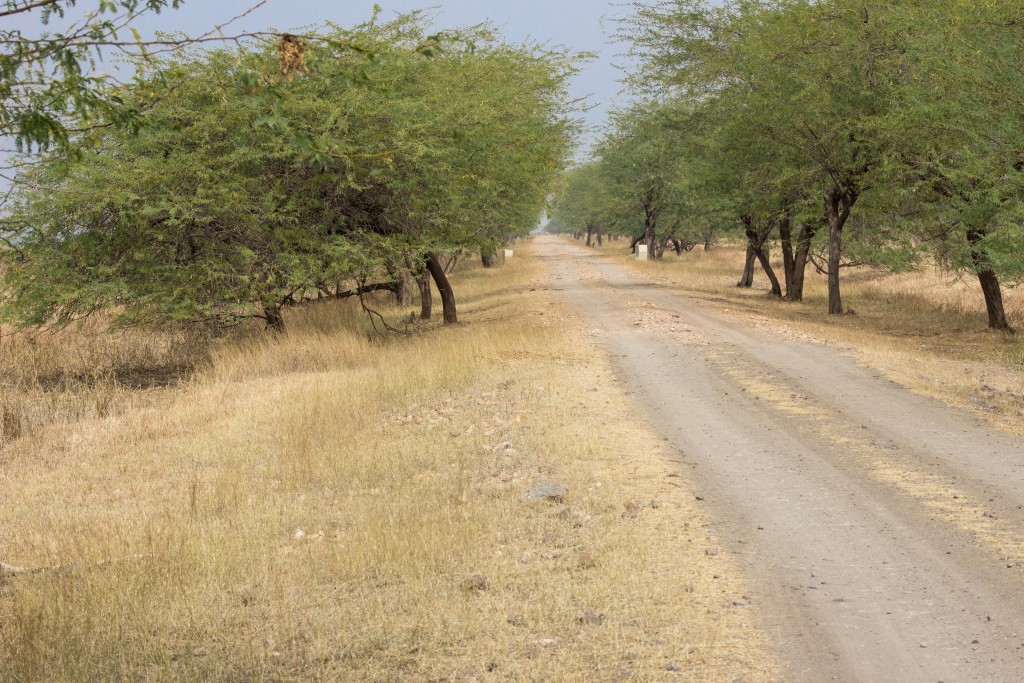
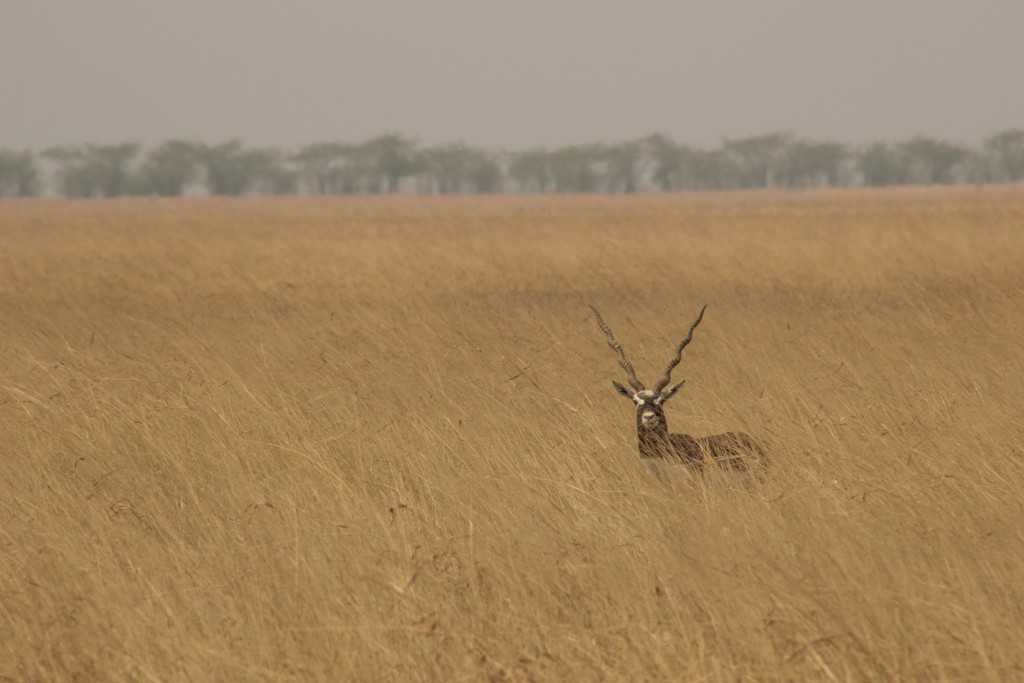
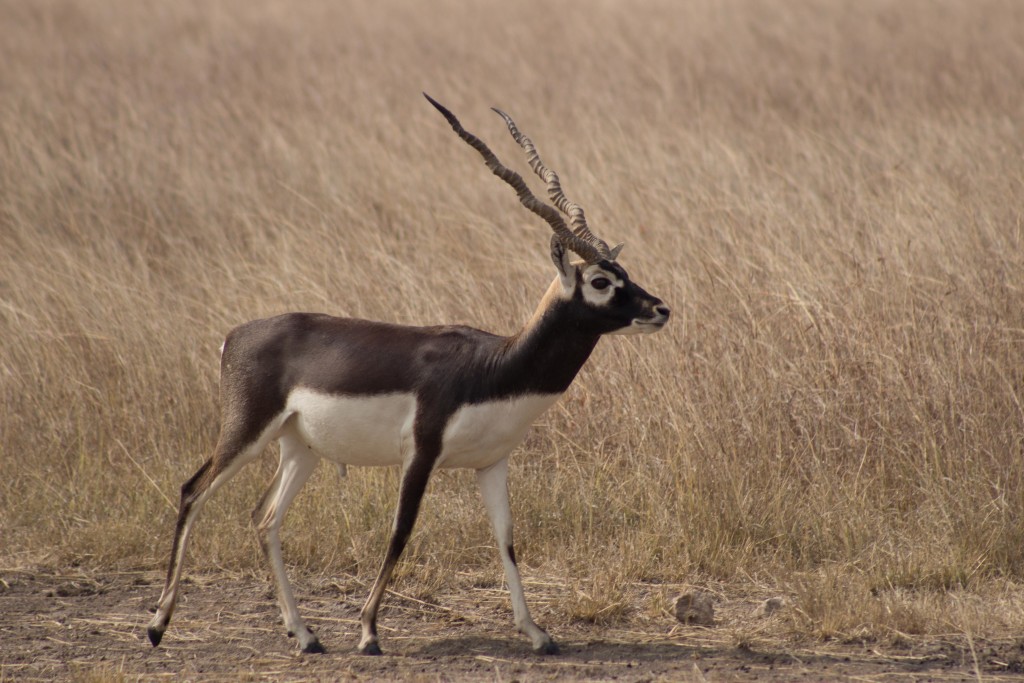

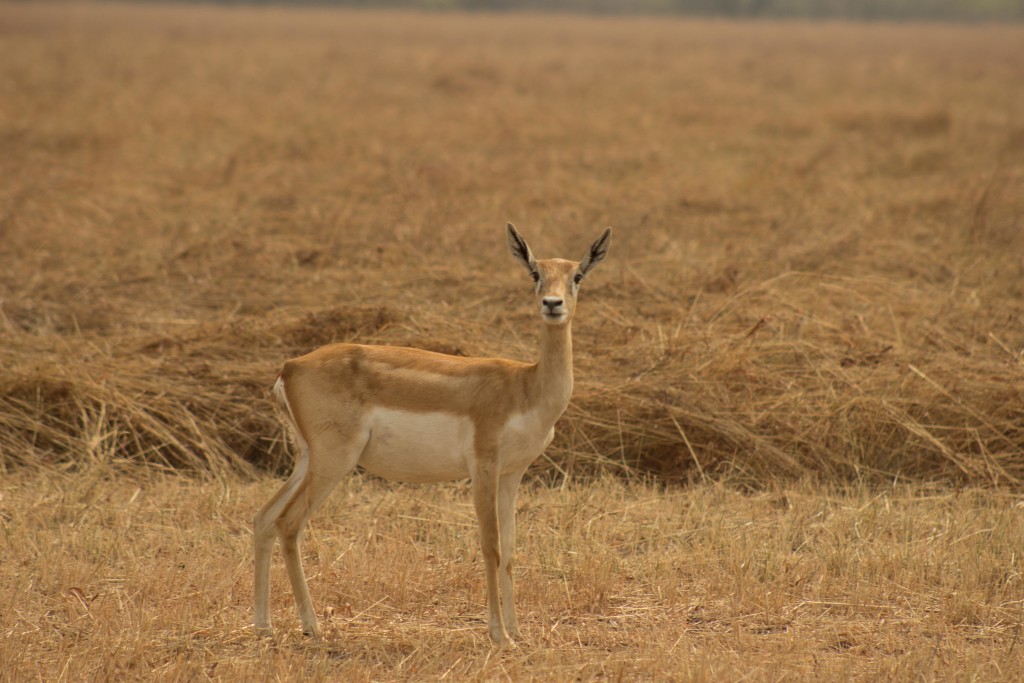
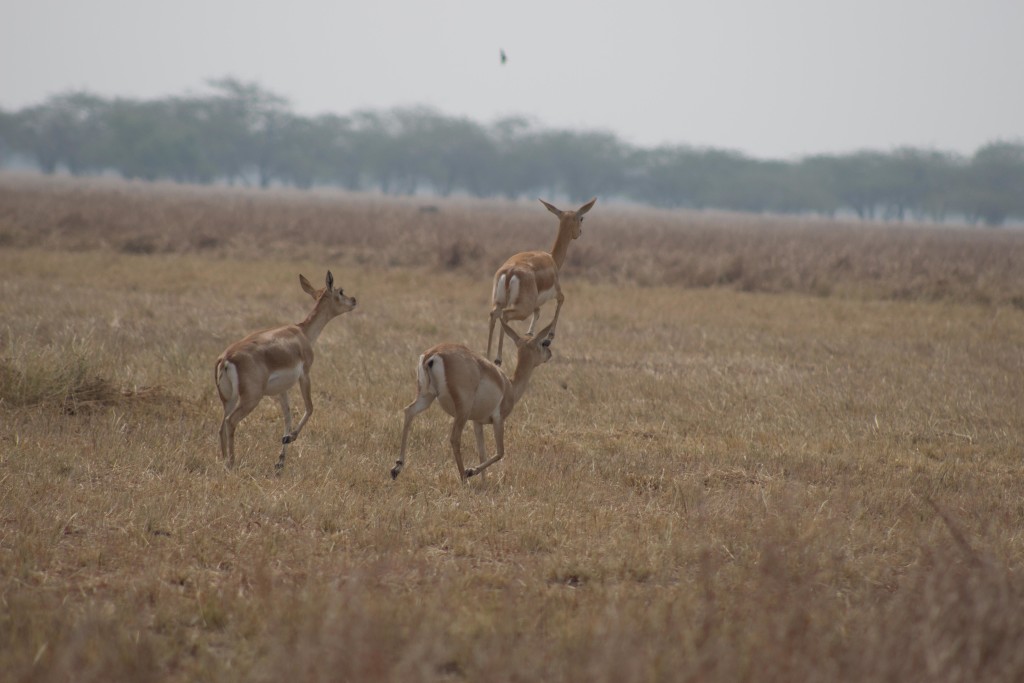

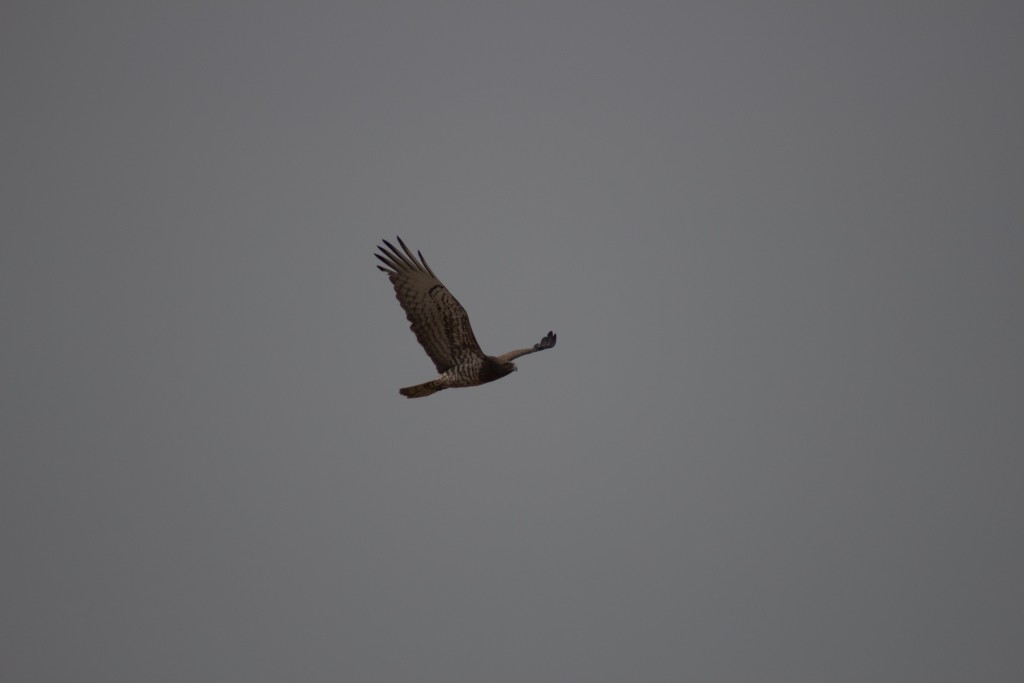
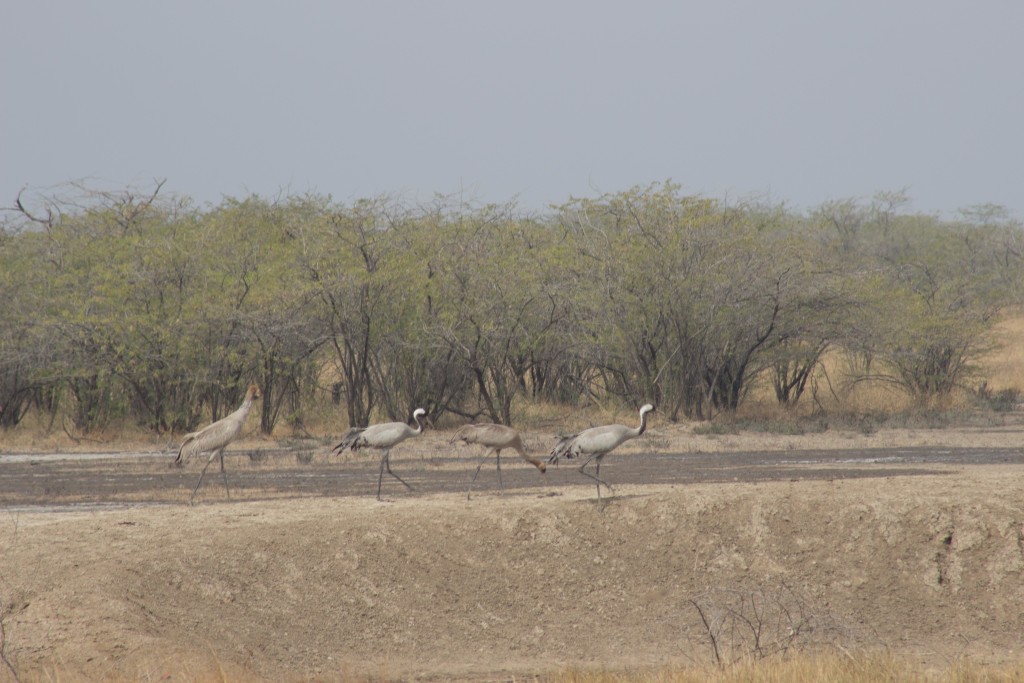


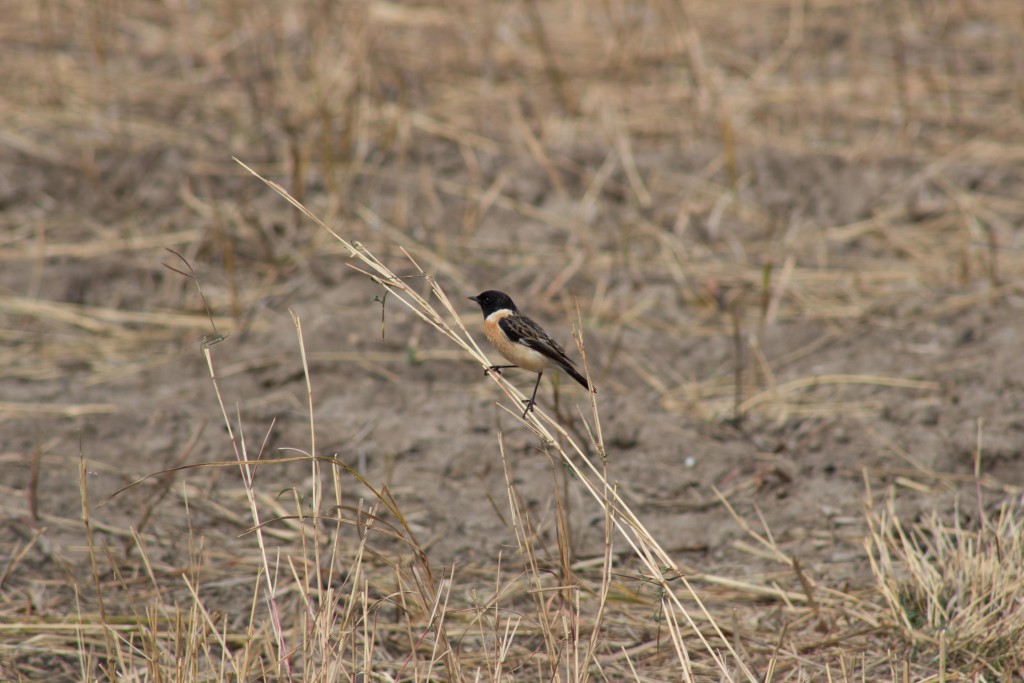
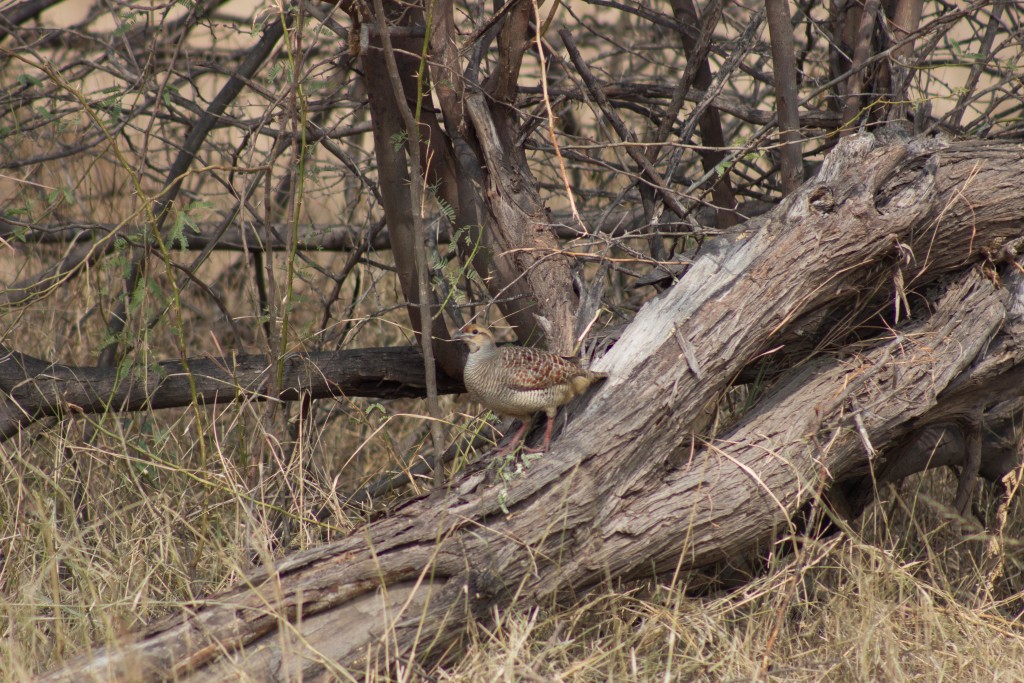
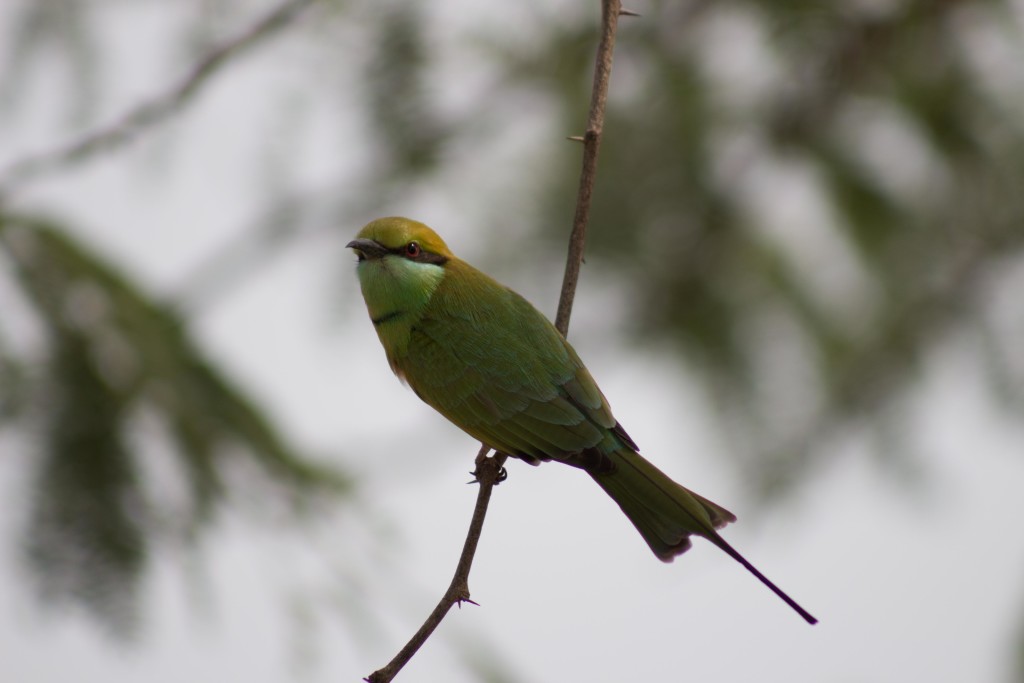
There is also a bird park. But to go there, we must wait up to 3 pm. So we left BNP, thanking the guide and the forest officials. From BNP, we drove towards Sihore (or Shihor).
While we were driving to Sihore, we saw lots of Salt Pans. Production of salt was going on.
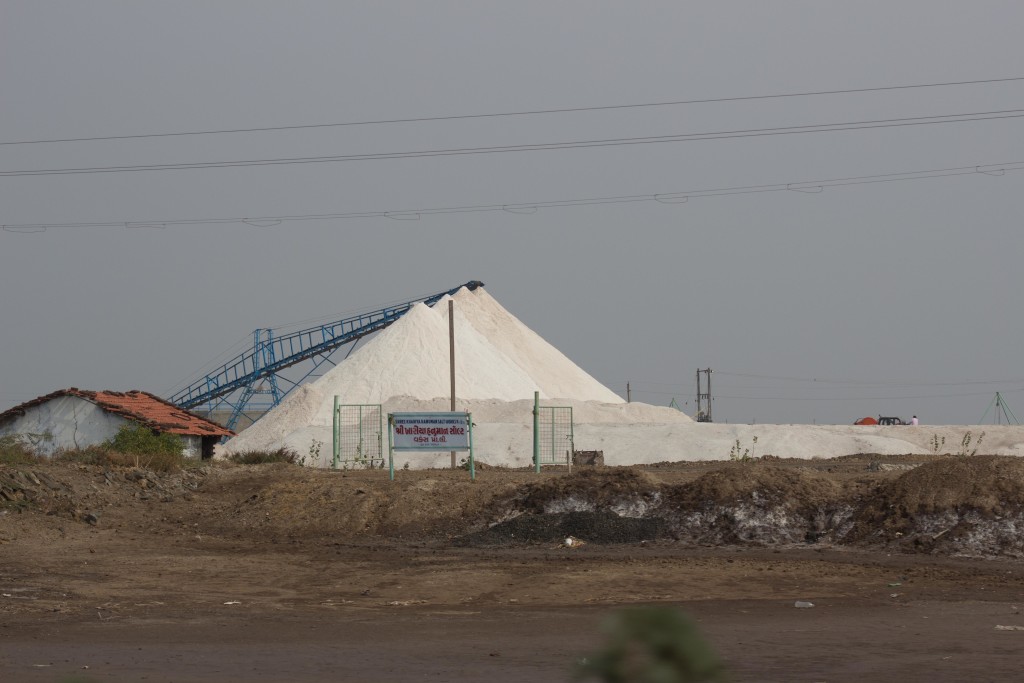
We also came across some Red Chilli mandi markets on the road side.


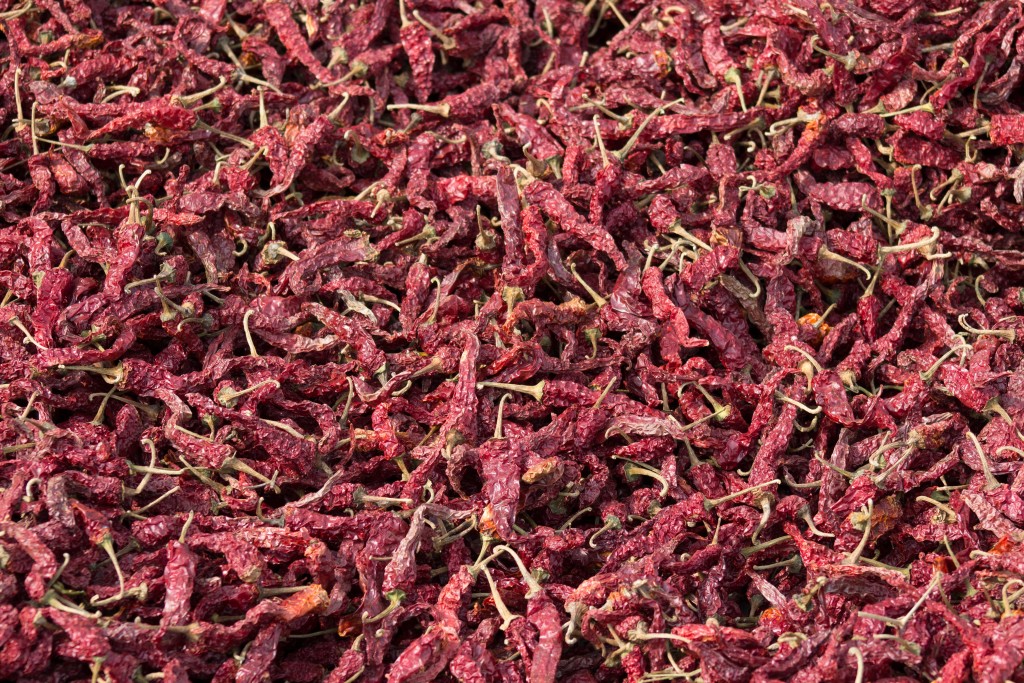
Brahm Kund at Sihore, Bhavnagar
{22 km away from Bhavnagar, Sihore was the capital of the Gohilwad Kingdom. The royal palace and its mural speak about the grandeur of the era in which it was built. Many temples built around the town speak of the spiritual inclining of its inhabitants. The Gautameshwar temple lake and the Shiva temple built on its bank is one of the most exquisite examples of this region. Brahm kund is a stepped tank. Other brahm kund tanks are at Pushkar, Vrindavan, Assam etc}
Note: The Brahm kund is not mentioned in Google Maps correctly. Even the Gujarat Tourism has given a wrong address in the Maps. Hence it was quite difficult to locate it in Sihore. After a long search through interior roads of Sihore, we were finally at Brahm Kund.
The Brahm Kund, as the name suggests, is a Step well. When it was constructed, it must have been a marvelous piece of architecture. Every step has got a statue of some God. And there are few temples on the Tank Bund as well. The walls of the stepped tank are made up of some soft stones. But now it is in complete ruins. Hence the statues are all worn out beyond recognition. Also there is no water in the tank. We were disappointed at its present condition.

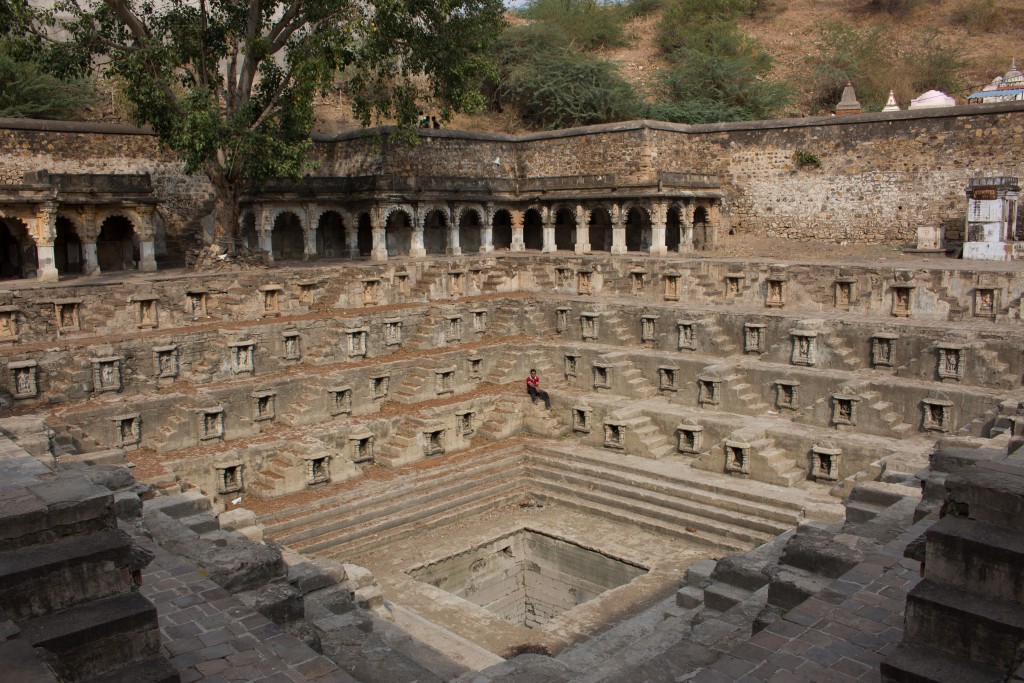
The below photo is for those, who may not see this Brahm kund. This is Pushkarani at Hampi, and chances are that you might have seen it. The Pushkarani is similar to Brahm Kund, except the statues of Gods on the tank Steps.

From here, we proceeded towards Bhavnagar.
Bhavnagar
Before I tell you about Bhavnagar, I must tell you about Google Maps. Almost all the places in Bhavnagar district, including BNP, Sihore and other places (yet to be visited) are not properly marked in the Maps. Same is true with many other sites like Gujarat tourism, Trip Advisor etc. So it was very difficult for us to locate the places. Local people at Bhavnagar that we spoke to were not able to understand either Hindi or English much. Hence locating these places were not only time consuming but also difficult. Hence we were forced to leave out few places.
Now let me tell you only about the places that we saw at Bhavnagar city.
Gaurishankar Lake
{The vast lake spreading over an area of 381 hectares is also locally known by the name of Bor Talav after the illustrious Dewan Shri Gaurishankar Oza. Conceived and built in 1872 as a water reservoir for drinking water, today is one of the most preferred tourist as well as picnic spot in the city. Near Gaurishankar Lake is a mini forest, a repository of flora and fauna, with more than 1 lakh trees which provides a serene ambience bringing one close to nature. One of the few city-forests in India, this natural haven provides shelter to varied species of flora and fauna. Within the forest premises there are two nurseries which cultivate plants for gardens and forests; source: wikipedia/internet}
This Lake is a vast lake. Maps took us to the back side of the lake, and not to its front entrance. So we lost some time.
Aksharwadi Swaminarayana Temple
At Anand as we could not get a room at Swami Narayan Mandir, we straightaway went to Swami Narayan Mandir here. It is known as Aksharwadi Swaminarayana Temple here.
It is one of the most famous temples in Bhavnagar. As usual it is huge and marvelous in architecture. After the Darshan, we got a room quite easily. We thanked God, and continued our sight-seeing.
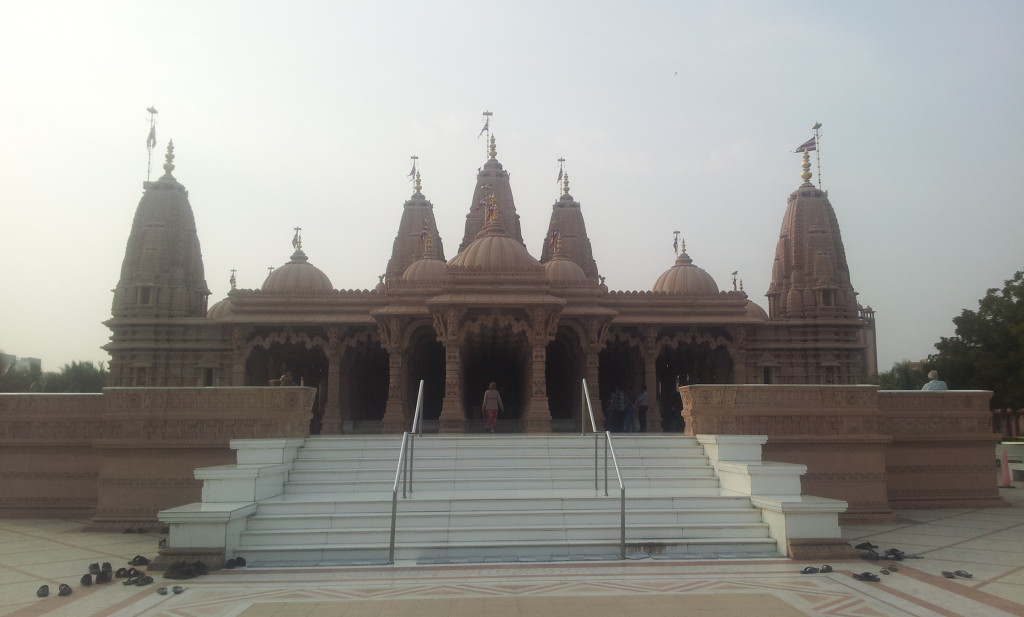
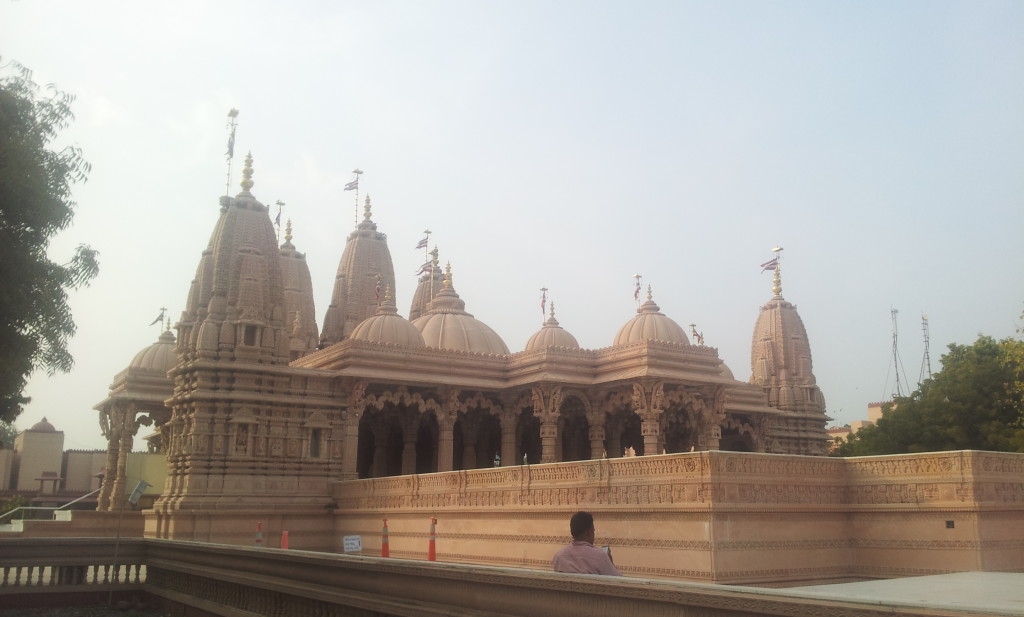

Victoria Park
{The hot, dry climate supports scrubby and thorny vegetation. It has variety of bird life and is also home of animals like Neel Gai (Blue bull), fox, hynea, and porcupine; source: wikipedia/internet}.
This is adjacent to the Gaurishankar Lake. Is it a park or a mini forest? It is difficult to believe that this type of a park exists in the heart of a city. We were not able to see the wild animals, but the locals said that indeed they are there. We wished we had enough time to explore the whole park.
Gangajaha
{In the midst of what was formerly a tank stands the temple of Gangadevi with a chhatri or partition. Made of white marble, designed by Sir John Griffits it was built by Maharaja Takhtsinghji in memory of Maharani Majirajba in 1893; source: wikipedia/internet}.
This small lake is completely dry. And again, due to lack of time, we didn’t venture out to find out more details.
Takhteshwar Temple
{Takhteshwar Temple is located on a hill in the center of the city, on a high plinth, offering a commanding view of Bhavnagar. The high shikhara rising above the pillared rectangular mandapa makes it an important landmark; source: wikipedia/internet}
We can drive our vehicle up to the top of the hill. The temple, even though is a simple one, is worth visiting. We can have a 360 degree panoramic view of the city from here.
The other two places that we were very interested, but could not visit due to lack of directions were Bhav Vilas Palace & Khodiyar Mata Temple.
As usual, we went back to Swami Narayan Mandir, had our dinner and settled for the day.
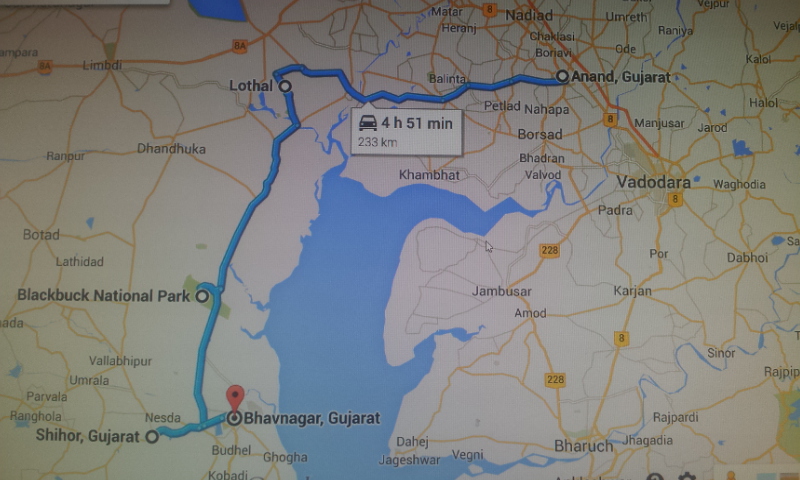
Total distance covered: 290 kms.
On Day 08 of my Gujarat tour, I visited Nishkalank Mahadeve and Palitana, the city of temples. Check it here
Read previous day’s account| Read next day’s account



